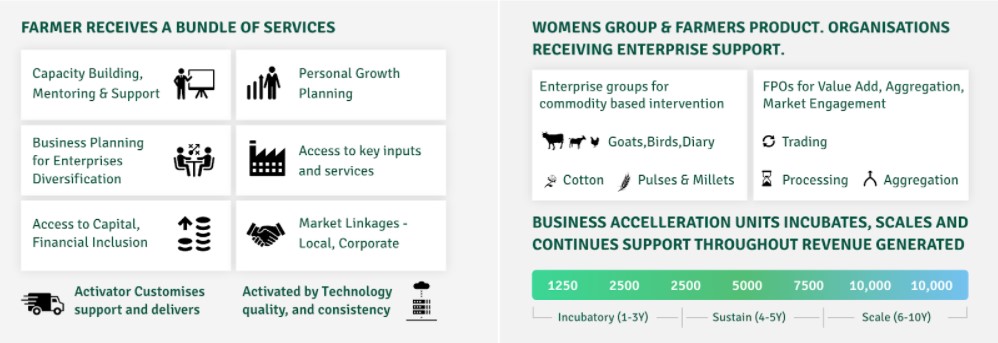Capacity Assessment and Performance Index (CAPI) for Community Organisations (COs)
Why
- Internal – To continuously assess areas of improvement and strengthen
- External – To understand the strengths, weakness and potential of organisations to partner with
What
- Measures maturity and performance of Community Organisation (CO)
- Measures the institutional capacity of the COs in delivering impact and achieve sustainability
- Composite score arrived from assessment of critical dimensions of institutional capacity
Scope
- Community Organisations – Members, Office bearers
- Other Stakeholders – Funding agencies, Banks, Financial Institutions, Business partners, Resource Institutions


